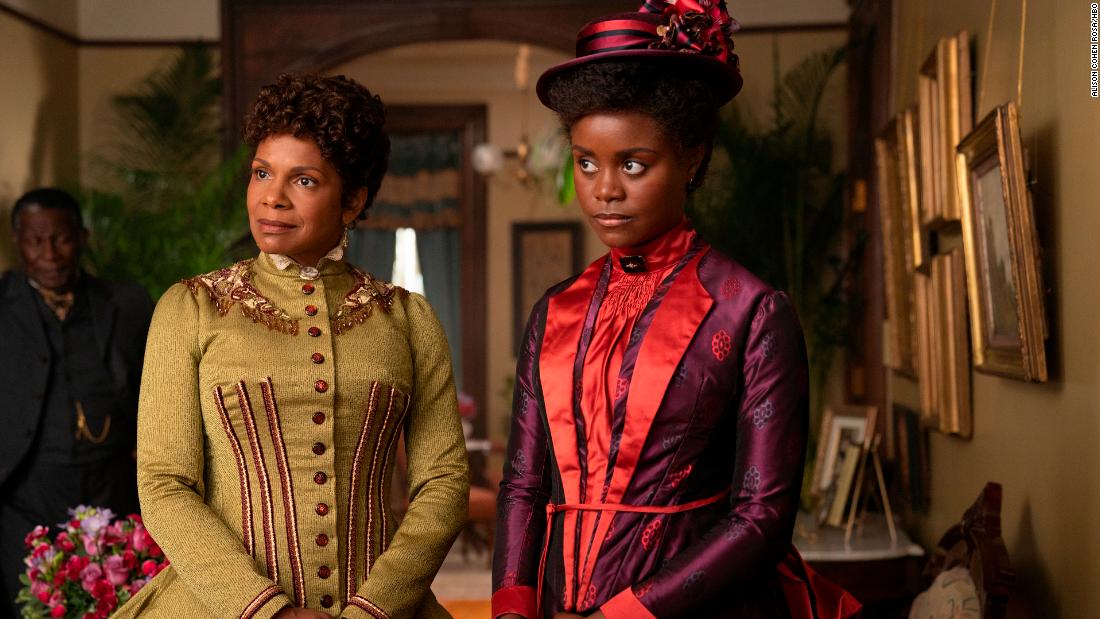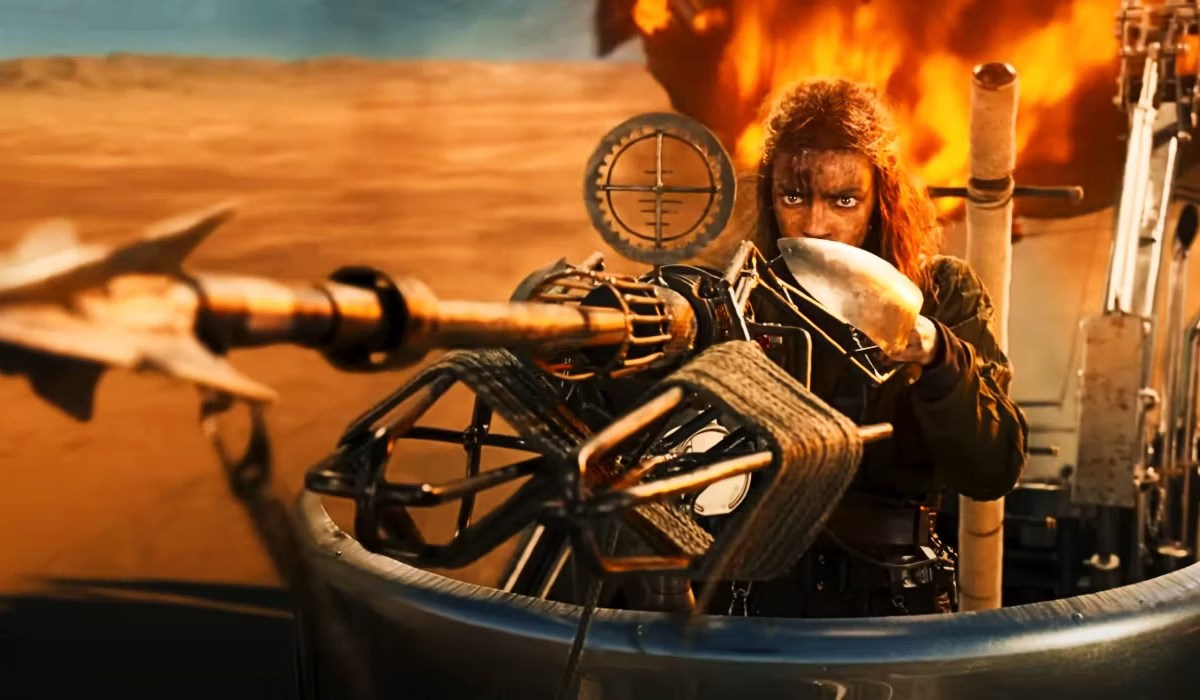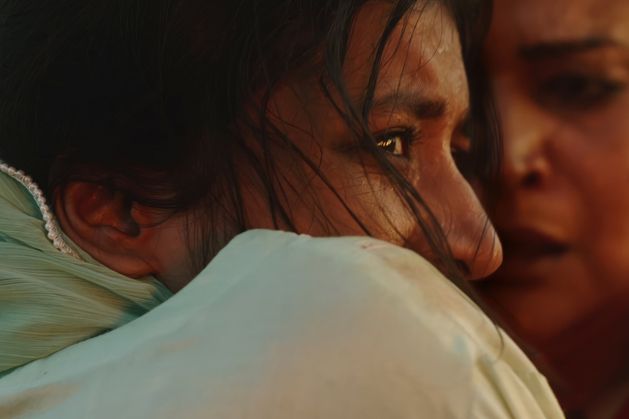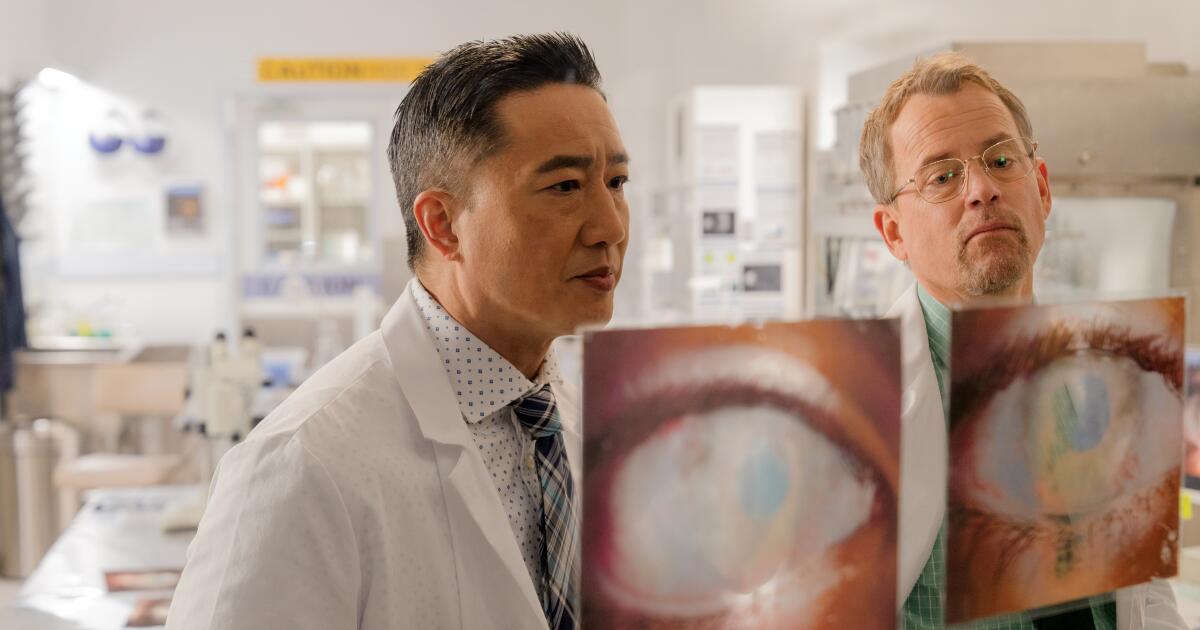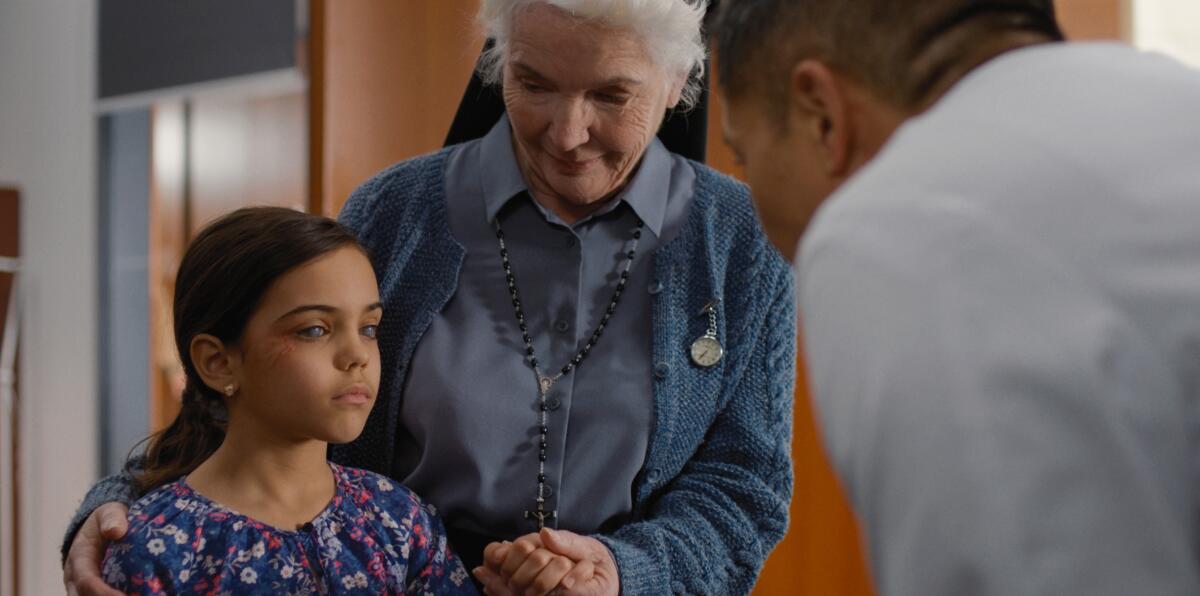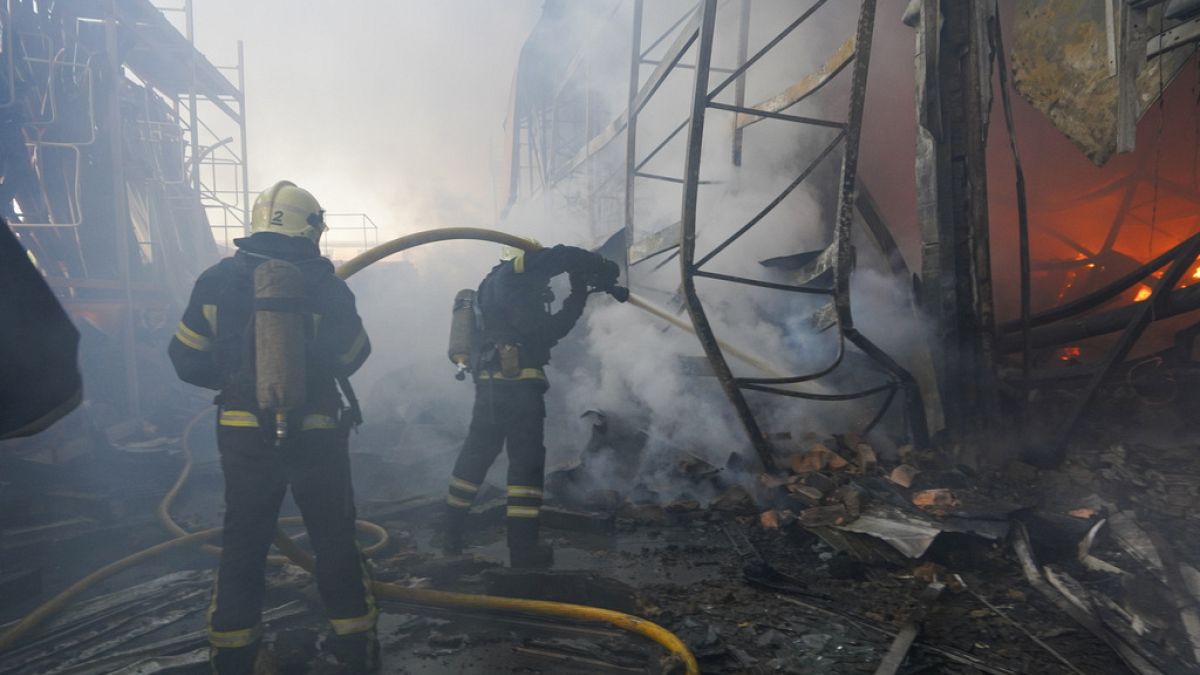Buckle up, road warriors: there’s a new sheriff in the wild, wild wasteland. Her name is Furiosa, and her cinematic epic is now blazing on screen with a blistering ferocity.
Furiosa: A Mad Max Saga comes nearly a decade after the Australian apocalypse series returned with the Oscar-winning mega-hit Fury Road in 2015. What (obviously) makes this instalment unique is that this is the first time someone other than Max gets the spotlight – true to the name, he isn’t even in the film except for a two-second cameo.
Instead, Fury Road’s deuteragonist Furiosa is in the driver’s seat, and she proves to be just as compelling and driven a lead character. After being originated by Charlize Theron nine years ago, her younger versions are now played by Anya Taylor-Joy and Aylya Brown.
The main plot sees a young Furiosa (Brown) kidnapped from her family in a desert oasis, sometime in the future when the world is nearly covered in sand, gas and grime. The rest of the film follows the growing Furiosa determined to exact revenge on her kidnapper – the warlord Dementus (Chris Hemsworth) – and return home.
When the title promises this will be a “saga”, writer/director George Miller isn’t kidding. Just as Fury Road was about a man (Max) finding his quest and purpose in a woman’s odyssey, the inverse is realized in Furiosa, which is about a woman finding her pursuit within the male-dominated wasteland.
Taylor-Joy and Brown get nearly equal screen time following Furiosa from childhood to grown woman, and they each dominate scene after scene showing their tactics, efforts, fears and discoveries through stunt after remarkable stunt in mountains, storms, and through every sort of dune buggy and truck you can imagine.
But because they split the film’s (maybe overlong) run time, the actor who we spend the most time with is Hemsworth’s Dementus, who shifts from graceful and brutal to giddy and manic. The degradation of the two main characters are fascinating: like their surrounding world, it’s like watching two warriors fighting the threat of literally wasting away.
George Miller has become famous for the meticulously evolving Mad Max series just as he has for family films like Babe and Happy Feet (yes, really!), but his regular detailed world building are in full force for Furiosa, with excellent production design, cinematography and editing sharper than the on screen spikes. It’s brutally beautiful.
The only real downgrade from Fury Road, which draws several easy comparisons, is that the first two chapters of the film are a bit slow, with the story’s engine only really revving once Taylor-Joy begins her scenes. But this is a small critique.
Furiosa is a madcap summer blockbuster, with soul, intelligence, and a gnarly artistry that all builds to several white-knuckle scenes. It’s well worth the ride.
Furiosa: A Mad Max Saga
9 out of 10
14A, 2hrs 28mins. Action Adventure Epic.
Co-written and directed by George Miller.
Starring Anya Taylor-Joy, Chris Hemsworth, Tom Burke and Lacey Hulme.
Now Playing at SilverCity Burlington Cinemas and Film.Ca Cinemas, 5 Drive-In.

